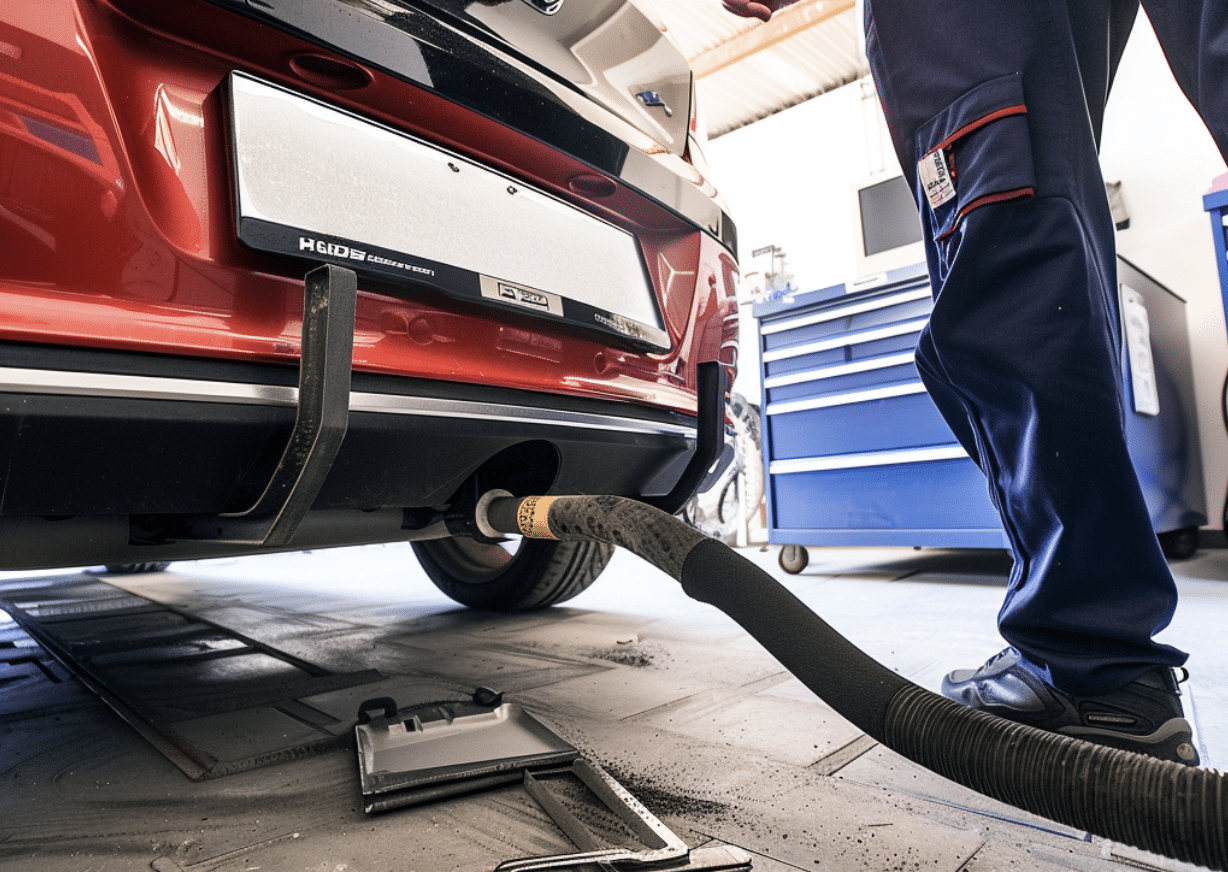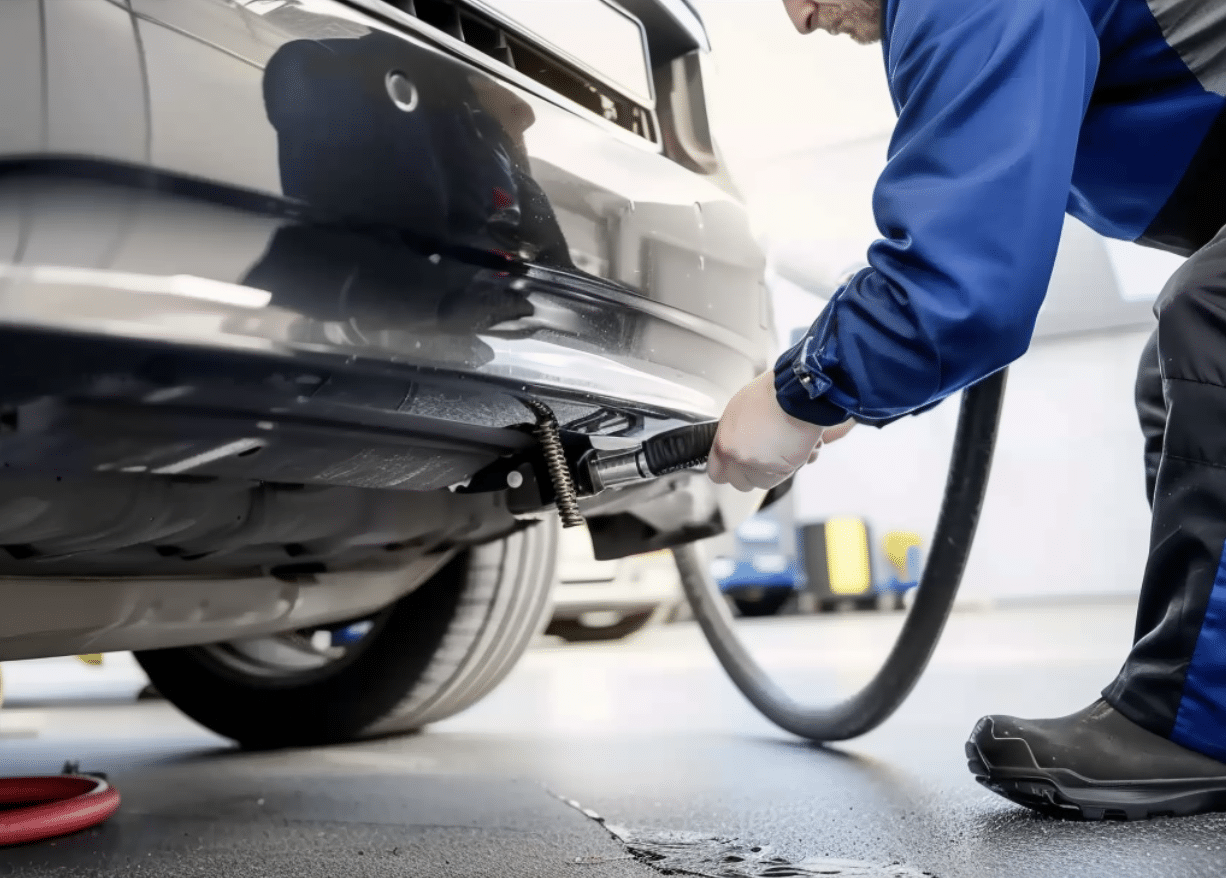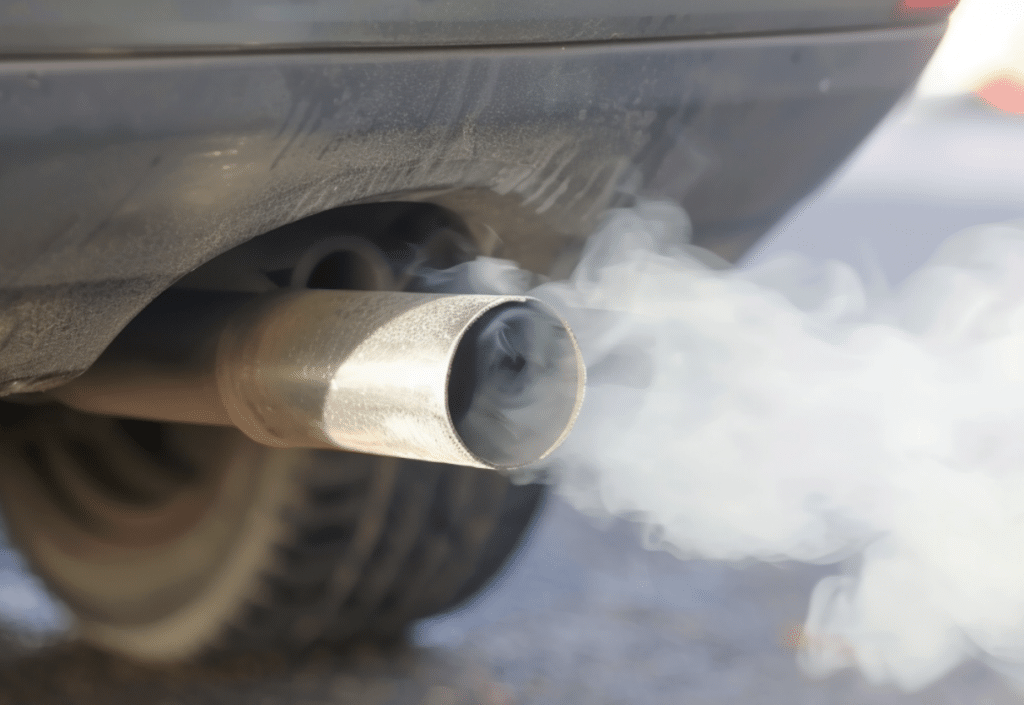Emission tests are crucial in understanding and mitigating the environmental impact of vehicles and industrial processes.
These tests measure the amount of pollutants released into the atmosphere, such as carbon monoxide, nitrogen oxides, and particulate matter.
By quantifying emissions, researchers and policymakers can assess the extent of air pollution and develop strategies to reduce harmful substances.
Emission tests are essential for ensuring compliance with environmental regulations, promoting cleaner technologies, and protecting public health.
They provide valuable data for setting emission standards, designing more efficient engines, and implementing effective pollution control measures.
As concerns about climate change and air quality continue to grow, emission tests remain a fundamental tool in the fight against environmental degradation.
This article explores the significance of emission tests and their role in shaping a more sustainable future. So, without any further ado, let’s get started!
The Basics of Emission Testing: What You Need to Know
Emission testing, also known as smog testing, measures the pollutants emitted by a vehicle.
It is a crucial process that ensures vehicles meet the established emissions standards set by state environmental agencies.
The primary goal of emission testing is to reduce harmful pollutants released into the air, contributing to better air quality and public health.
Why is Emission Testing Necessary?

Several reasons support the necessity of emission testing; in the segment below, we have listed some reasons that underline why we must get this test done.
- Environmental Protection: By ensuring vehicles meet emissions standards, emission testing helps reduce the amount of harmful pollutants released into the atmosphere. This contributes to better air quality and helps combat climate change.
- Legal Requirements: In many states, emission testing is a legal requirement for vehicle registration and renewal. Failing to comply with these regulations can result in fines and penalties.
- Public Health: Reducing vehicle emissions helps improve public health by lowering the risk of respiratory problems and other illnesses associated with air pollution.
Emission Testing Procedures
Emission testing procedures are designed to measure the pollutants emitted by a vehicle and ensure compliance with the established emissions standards.
While the specific procedures may vary depending on the state and the type of vehicle, there are three common methods used in emission testing:

1. On-board diagnostic (OBD) Inspection
For vehicles manufactured after 1996, the OBD system is a sophisticated computer system that monitors the vehicle’s emissions control systems.
During an OBD inspection, a technician will connect a diagnostic scanner to the vehicle’s OBD port to retrieve information about the vehicle’s emissions performance.
The scanner will check for any stored trouble codes and verify that the emissions control systems are functioning properly.
If the OBD system shows no issues and the vehicle’s emissions are within the acceptable range, it will pass the inspection.
2. Acceleration Simulation Mode (ASM) Test
Vehicles made before 1995 often do not have an OBD system, requiring a different testing method.
The ASM test is commonly used for these older vehicles. In this test, the car is placed on a dynamometer, a treadmill-like device that simulates real-world driving conditions.
The vehicle’s drive wheels are placed on rollers, and the car is run at various speeds and loads to measure its emissions.
During the test, a probe is inserted into the vehicle’s tailpipe to collect exhaust samples, which are then analyzed to determine the emission levels.
3. Two-Speed Idle (TSI) Test
The TSI test is another method used for older vehicles that do not have an OBD system.
In this test, the vehicle’s engine is run at two different idle speeds (low and high) while a probe is inserted into the tailpipe to measure the exhaust emissions.
The low idle speed test is typically conducted at around 700-800 RPM, while the high idle speed test is performed at around 2,500 RPM.
The emissions levels are then compared to the acceptable standards for the vehicle’s make and model.
Additional Guidelines to Adhere:
It’s important to note that some states may have additional or alternative testing procedures, such as the visual inspection of emissions control components or the gas cap pressure test.
Vehicle owners should check with their state’s requirements to ensure they are prepared for the appropriate emission testing procedure.
Regardless of the testing method, emission testing aims to identify vehicles emitting excessive pollutants and ensure they are repaired or adjusted to meet acceptable standards.
By participating in regular emission testing and properly maintaining their vehicles, vehicle owners can contribute to cleaner air and a healthier environment.
Understanding the basics of emission testing can help vehicle owners better prepare for the process and ensure their vehicles comply with the necessary regulations.
Regular maintenance and addressing any issues promptly can help vehicles pass emission tests and contribute to a cleaner environment.
Achieving Environmental Sustainability: Personal and Professional Strategies

Environmental sustainability is a collective responsibility that requires individual and business effort.
By making conscious choices and adopting eco-friendly practices, we can all contribute to reducing our environmental impact and preserving our planet for future generations.
Here are some strategies for individuals and businesses to achieve environmental sustainability.
Personal Strategies for Reducing Environmental Impact
- Consume less: Reduce your overall consumption by only purchasing what you need and opting for durable, long-lasting products.
- Choose eco-friendly brands: Support brands that prioritize environmental sustainability, use limited packaging, and incorporate sustainable materials in their products.
- Eliminate single-use plastics: Replace disposable plastic items with reusable alternatives, such as straws, cups, and grocery bags.
- Read labels carefully: Investigate product labels for harmful materials or ingredients, especially when purchasing clothing.
- Conserve water: Avoid wasting water, recycle greywater, or implement rainwater harvesting systems.
- Reduce transportation emissions: Opt for public transport, cycling, or walking instead of driving whenever possible.
- Invest in renewable energy: Consider installing solar panels or wind turbines for your home to reduce reliance on fossil fuels.
- Adopt a sustainable diet: Reduce meat consumption, purchase from local farmers’ markets, and minimize food waste.
- Spread awareness: Educate others about the importance of environmental sustainability and encourage them to adopt eco-friendly practices.
Business Strategies for Contributing to Environmental Sustainability
- Conduct product assessments: Perform life cycle assessments of products or services to identify areas for environmental improvement.
- Reshape supply chains: Partner with manufacturers and service providers who prioritize environmental sustainability.
- Develop an ESG strategy: Create a comprehensive Environmental, Social, and Governance (ESG) plan to guide the company’s sustainability efforts.
- Engage employees: Involve employees in developing and implementing environmental sustainability initiatives to foster a green corporate culture.
- Create an eco-friendly workspace: Incorporate plants, solar panels, efficient heating and cooling systems, and effective recycling facilities in the office.
- Embrace the circular economy: Implement strategies to reduce waste and feed materials into production.
- Collaborate with sustainability experts: Partner with third-party companies, such as CleanHub, to improve environmental performance, reduce carbon footprint, and minimize plastic consumption.
By adopting these personal and professional strategies, individuals and businesses can contribute significantly to achieving environmental sustainability.
It is crucial to recognize that every action, no matter how small, can make a difference in protecting our planet.
As awareness grows and more people and organizations embrace eco-friendly practices, we can work towards a more sustainable future for all.
Final Words
Emission tests play a vital role in protecting our environment and public health by ensuring that vehicles and industrial processes comply with established pollution control standards.
By regularly monitoring and quantifying the pollutants released into the atmosphere, emission tests provide the necessary data to develop effective strategies for reducing harmful emissions.
As individuals and businesses, we all have a responsibility to contribute to environmental sustainability.
By adopting eco-friendly practices, such as reducing consumption, choosing sustainable products, and embracing renewable energy, we can significantly reduce our environmental impact.
It is up to each one of us to make conscious choices and embrace eco-friendly practices in our daily lives and business operations.
Together, we can make a difference in protecting our planet and ensuring a healthier, cleaner environment for all.


